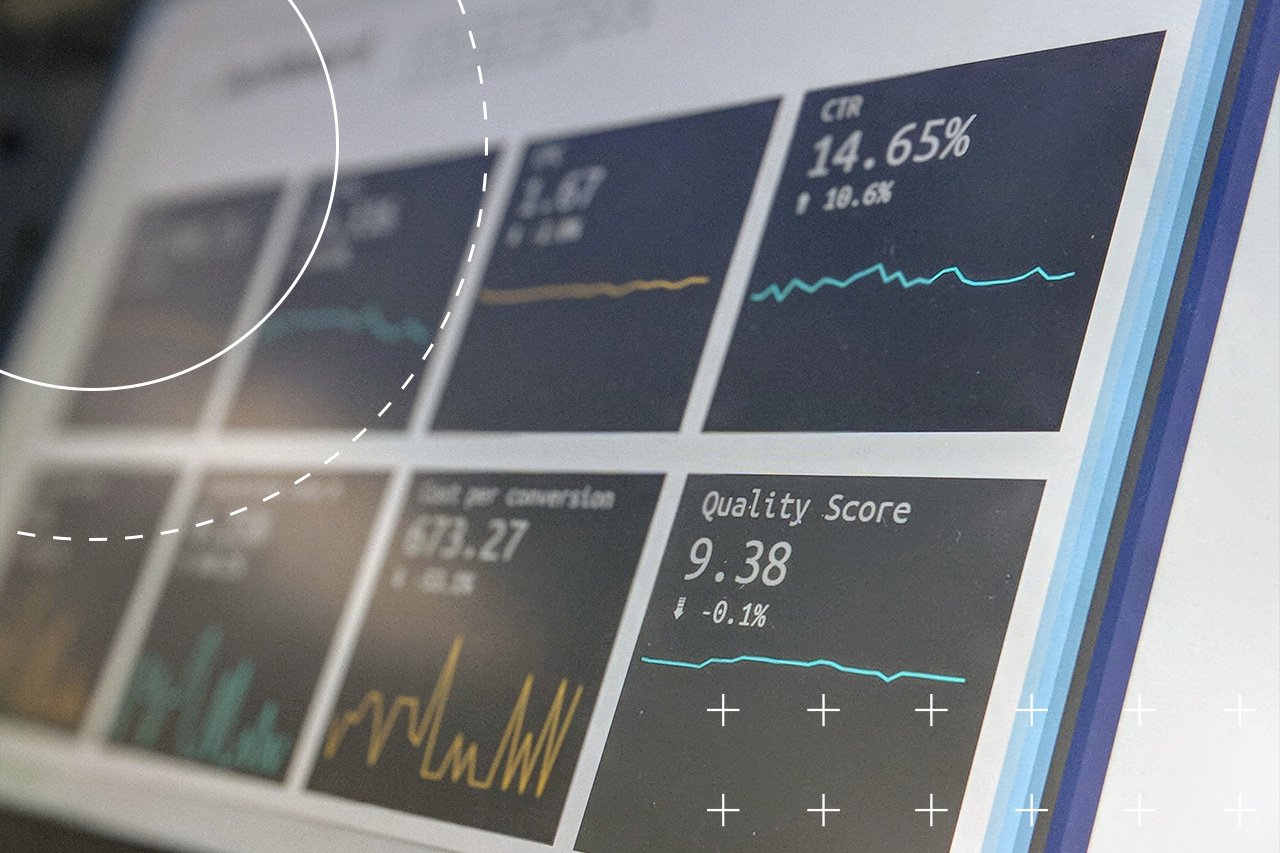A high click through rate suggests that a marketing campaign resonates with an audience, contributing to long-term growth.
By taking steps to maximize CTR, marketers can increase their conversions over the long term
Click through rate (CTR) is a crucial metric used to measure the effectiveness and relevance of online advertisements. It gauges the percentage of users who click on an ad after viewing it, indicating the success of an ad campaign in capturing viewer attention and driving engagement. CTR is significant because it helps advertisers assess the effectiveness of their ads and make informed decisions to maximize their returns on investment.
A high click through rate signifies that the ad is relevant to the target audience and has successfully enticed users to take action. On the other hand, a low CTR suggests that the ad may not be resonating with users or may lack relevance. By monitoring the CTR, advertisers can optimize their campaigns, refine their targeting strategies, and improve ad content to boost engagement and overall advertising success.
CTR is particularly important in cost-per-click (CPC) models, where advertisers pay for each click. A high CTR can lead to lower costs as it indicates better ad performance, while a low CTR may result in higher costs and less return on investment. Therefore, understanding and improving CTR is crucial for advertisers seeking to leverage the potential of online advertising effectively.
Ready to learn more? Dig deeper with The Marketer's Guide to Understanding Impressions.
Why Does the Click Through Rate Matter?
CTR can be measured across various mediums including display advertisements, email advertising, and paid search. For display advertisements, CTR determines how many users clicked on an ad after being exposed to it, reflecting its appeal and ability to drive traffic. In email advertising, CTR measures the percentage of recipients who clicked on a link within an email, providing insights into the success of email campaigns in generating desired actions. In terms of paid search, CTR indicates the relevance and effectiveness of the ad concerning search queries, helping in optimizing keyword selection and ad copy.
By analyzing CTR, digital marketers can gauge the performance of different marketing channels and campaigns. Higher CTRs generally indicate better engagement and higher probability of conversions. Additionally, CTR can highlight areas of improvement, such as improving ad design, targeting, or messaging strategies to maximize click-through rates.
What Factors Contribute to CTR?
There are several factors that can have an impact on click-through rate (CTR) for online advertisements. These factors include relevance, ad rank, viewability, and device.
Relevance plays a critical role in determining CTR. When an ad is relevant to the user's search query or the content they are viewing, there is a higher likelihood that they will click on the ad. This is why it's crucial for advertisers to create ads that are closely aligned with the keywords, targeting, and context of their target audience.
An ad’s rank is another important factor in determining CTR. In search marketing, campaigns with higher ad ranks are more likely to be displayed in prominent positions on search engine results pages or on websites. This visibility increases the likelihood of users noticing and clicking on the ads.
Viewability is the measure of how visible an ad is to users. Ads that are placed in highly visible and uncluttered areas of a webpage tend to have higher CTRs. On the other hand, ads that are placed in less visible locations or that are not easily distinguishable from other content may have lower CTRs.
Device is a crucial factor affecting CTR as well. Advertisements should be tailored to the specific device being used by the user. Ads that are optimized for mobile devices, for example, tend to have higher CTRs compared to ads that are not mobile-friendly.
How to Calculate CTR
To calculate the click-through rate (CTR), follow this formula: total clicks divided by total impressions, multiplied by 100 to get a percentage. Total clicks refer to the number of times users click on an ad, while total impressions indicate the number of times your ad is shown to potential users.
Clicks / Impressions = CTR
Considering converted clicks is important for optimizing ad spend. Converted clicks represent the number of users who not only clicked on the ad but also performed a desired action, such as making a purchase or filling out a form. By analyzing converted clicks, you can identify the effectiveness of your ad campaign in generating valuable customer actions. By focusing on ads with high converted clicks, you can allocate your ad spend more efficiently.
Lastly, to evaluate the success of your click-through rate, compare it to industry benchmarks. This allows you to assess how well your ad campaign fares against your competitors or the industry average. If your CTR is significantly higher than industry benchmarks, it suggests strong ad performance. Conversely, if your CTR is below industry standards, you may need to refine your ad strategy to improve engagement.
How to Improve CTR
CTR benchmarks can vary depending on the ad format used in display ads. Different ad formats can impact click-through rates in various ways.
- Banner Ads: Banner ads are the most common ad format and typically appear at the top or bottom of a webpage. They tend to have a lower click through rate compared to other formats, mainly because users have become banner-blind due to their overuse.
- Native Ads: Native ads blend seamlessly into the context of a webpage and mimic the content surrounding them. These ads often generate higher click-through rates because they appear more organic and less intrusive.
- Video Ads: Video ads are becoming increasingly popular due to their ability to engage and captivate audiences. They can have a significant impact on click-through rates as they allow advertisers to provide more information and create a stronger emotional connection with viewers.
- Rich Media Ads: Rich media ads incorporate interactive elements such as videos, audio, or animations. These visually appealing ads can drive higher engagement and click-through rates by offering a more interactive and immersive experience.
Make tvScientific Your CTV Partner
tvScientific was co-founded by senior executives with deep roots in search, programmatic advertising, digital media, and ad verification. We think scientifically, and our results are driven by a belief in one, simple formula: Trust = Data x Transparency x Control.
With powerful attribution capabilities, real-time reporting, automated optimization, and built-in, always-on testing, we believe that tvScientific provides the most robust, transparent, tailored CTV advertising platform. Once you see it for yourself, we know you will too. Request a demo today.






